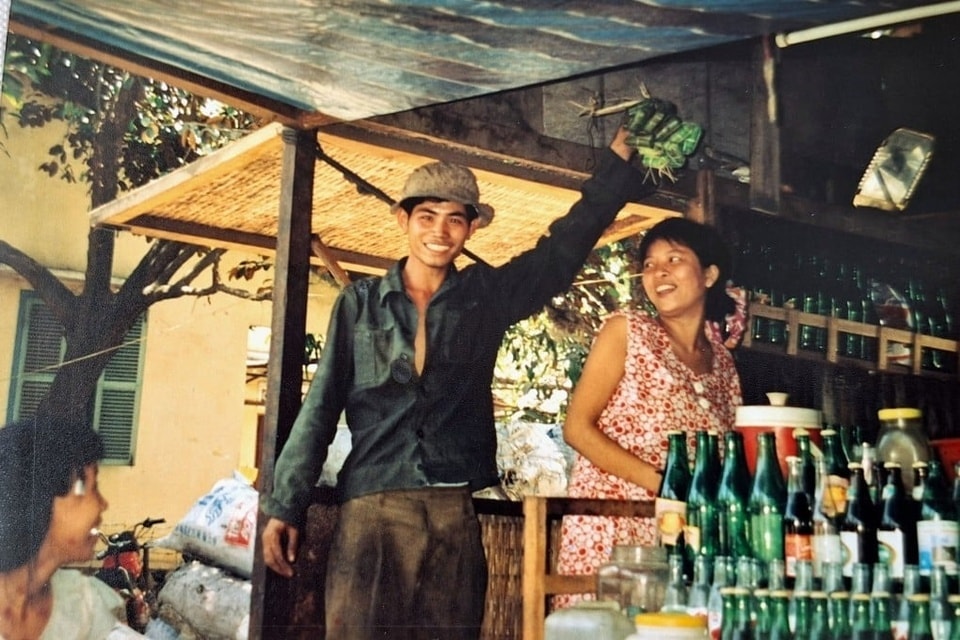
In the late 1980s and early 1990s, tourists coming to Vietnam were able to freely choose their destination and accommodation, instead of being strictly monitored and limited to licensed hotels as before.
The flight to Ho Chi Minh City in 1994 left a strong impression on Simon O'Reilly (British, currently living and working in Hong Kong, China). As the plane taxied towards the terminal, he saw on both sides of the runway old aircraft, mostly American military aircraft left over from the war, lying motionless.
Writing in SCMP, Simon said Ho Chi Minh City was really bustling at that time. He and his friend - both British tourists - stayed at a hotel in a six-storey building overlooking a busy street. On the ground floor, there was a small shop selling strong filter coffee and canned Vietnamese beer.
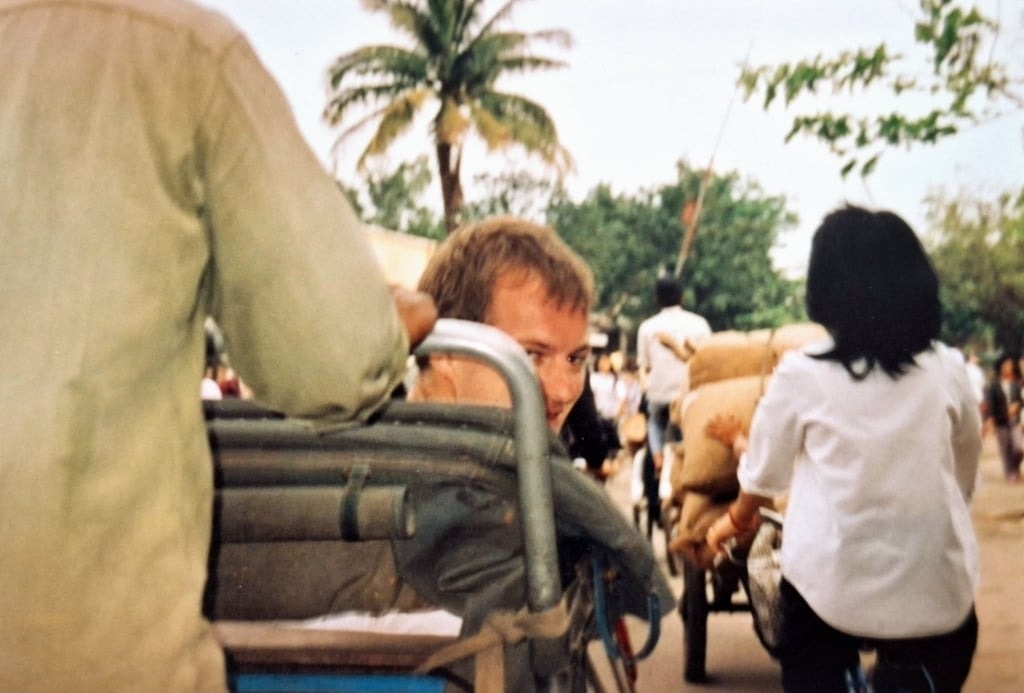
On the sidewalk, a few small stalls sell Zippo lighters said to have been taken from American soldiers, jewelry made from bullet shells and unique souvenirs.
When he exchanged a few dollars for Vietnamese dong, Simon immediately became a "millionaire", at that time 100 dollars was worth 1 million dong. With the highest denomination of 5,000 dong, the two quickly filled their wallets with a thick stack of money.
Their plan was to travel along the coast towards Hanoi by bus and train. Although crowded, the trains were comfortable and less chaotic than the trains in India at that time.
"My most vivid memory is the early morning on the train, when people started grilling dried squid on small charcoal stoves placed between the rows of seats for breakfast. The aroma spread throughout the train cabin," Simon said.
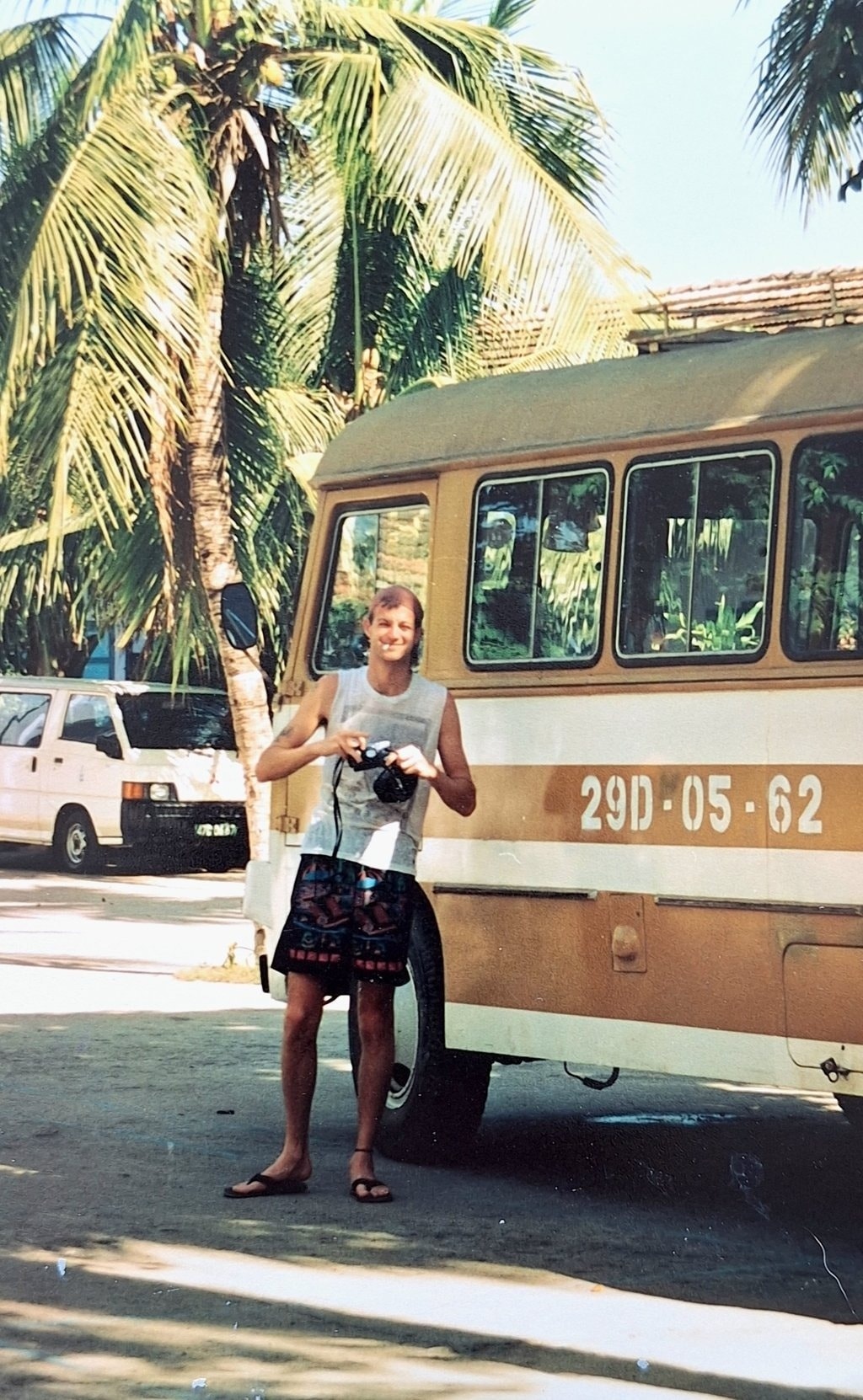
On another leg of the journey, they took an old coach, packed with people and luggage. About an hour or two later, the coach broke down. Everyone got out and stood around waiting while the driver and the conductor pounded on the underside of the coach.
It was here that Simon and his friends asked a few Vietnamese what they thought of the Americans. The usual answer was: "We fought the French for 60 years, the Americans were only here for a short time and we sent them away." Some shared that they had had a hard time after the war was over.
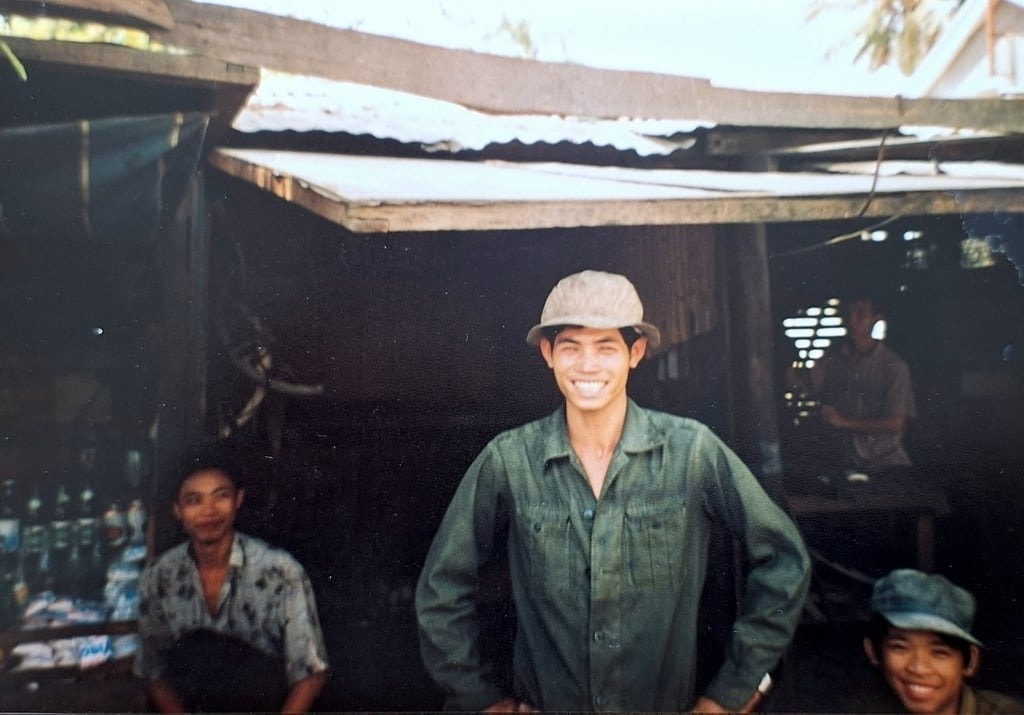
At that time, while Hong Kong (China), Japan and other countries in the Asian region were fond of karaoke and discotheques, in Vietnam, the popular form of entertainment was dancing. Almost every town had a dance floor - usually a structure with a roof but no walls - where people dressed up and danced formally.
"One day, we happened to see people selling hammocks and had the idea of sleeping outdoors on a deserted beach, under the starry sky. After renting two motorbikes in Da Nang, we headed towards the sea, hoping to find two coconut trees growing close together to hang the hammocks. It was dark, the motorbike lights were weak, we staggered across the high and low sand dunes and finally found a deserted beach to spend the night," Simon said.
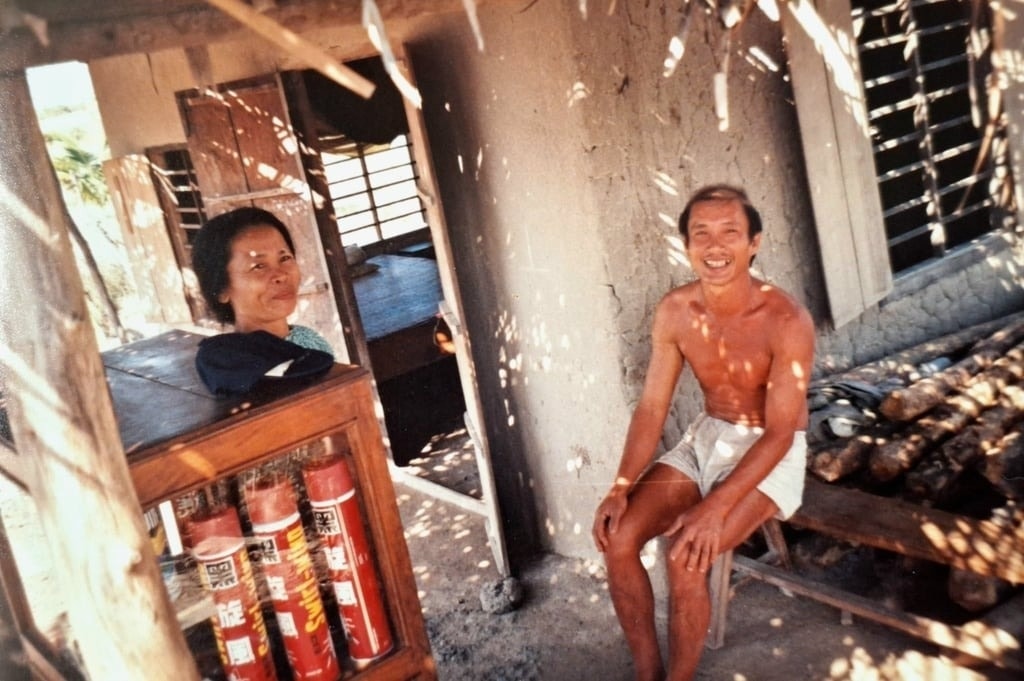
After waking up from an uncomfortable night's sleep, as the human spine does not bend in the direction of a hammock, Simon and his friend decided to find a cup of coffee. Although they did not know where they were, they believed they could return to Da Nang. As they turned the car around to return, the morning sunlight shone on the wooden sign that they had overlooked the night before: "Mine".
"Swallowing our saliva, we - smart guys - decided to accelerate and drive as fast as we could, hoping for the best. Luckily, there was no explosion and we could see a few huts in the distance," Simon said.
When they reached the small village, the car suddenly ran out of gas. Simon and his friend were mentally prepared to walk for several hours.
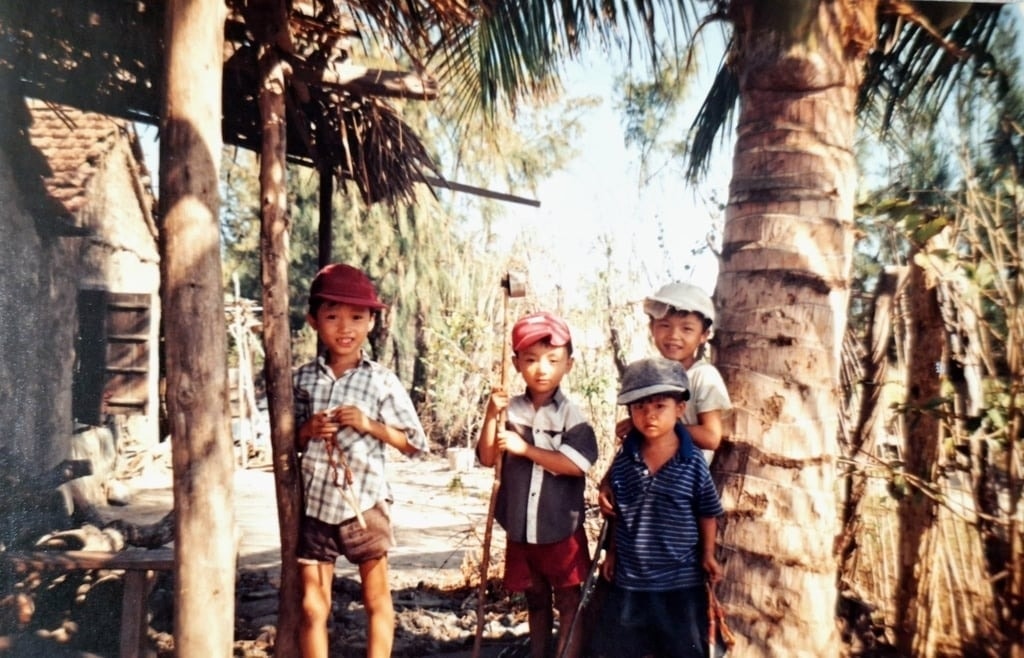
The first people to arrive and “investigate” were the village children. “We had a conversation where we both spoke our own language but understood the message being conveyed,” Simon said. “A few minutes later, the adults arrived. They brought a large bottle of petrol, water and snacks for us to eat. Although we tried to pay, they refused to accept it.”
“It was an experience that humbled us, but was so typical of the Vietnamese people we met. Despite extreme poverty and decades of war, they were generous, honest, and deeply proud of who they were.”
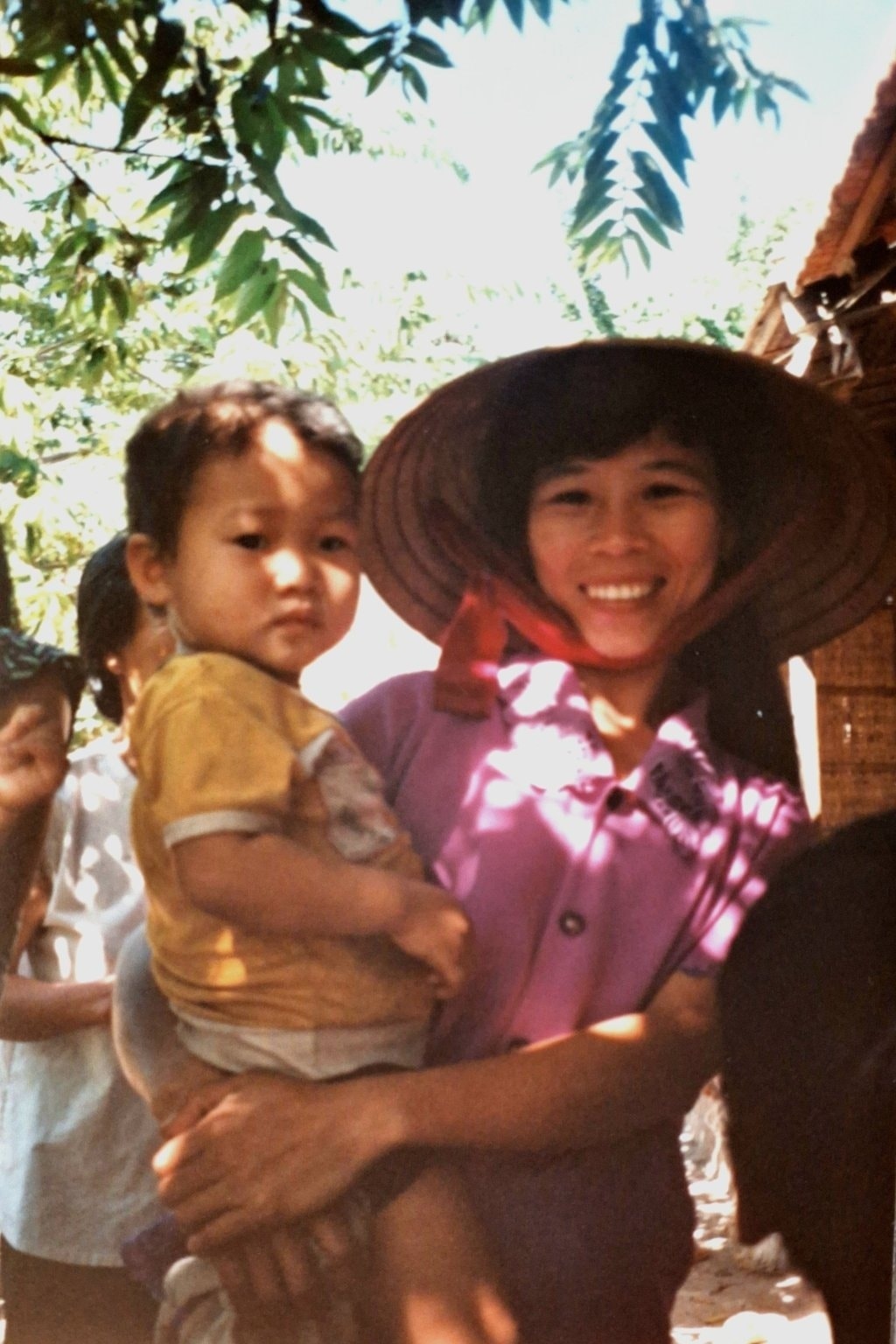
During the trip, Simon and his friend were often invited to eat and drink and were repeatedly refused when they wanted to pay. However, they could not reach Hanoi.
“The sunny weather in the south quickly gave way to torrential rain as we headed north. After a few days in Hue, we had to return to Da Nang – but that’s another story,” Simon said.
HQ (according to Znews)Source: https://baohaiduong.vn/khach-tay-ke-chuyen-di-xe-khach-uong-ca-phe-tai-viet-nam-nam-1994-409162.html


![[Photo] General Secretary To Lam attends the conference to review 10 years of implementing Directive No. 05 of the Politburo and evaluate the results of implementing Regulation No. 09 of the Central Public Security Party Committee.](https://vphoto.vietnam.vn/thumb/1200x675/vietnam/resource/IMAGE/2025/5/19/2f44458c655a4403acd7929dbbfa5039)
![[Photo] President Luong Cuong presents the 40-year Party membership badge to Chief of the Office of the President Le Khanh Hai](https://vphoto.vietnam.vn/thumb/1200x675/vietnam/resource/IMAGE/2025/5/19/a22bc55dd7bf4a2ab7e3958d32282c15)

![[Photo] Close-up of Tang Long Bridge, Thu Duc City after repairing rutting](https://vphoto.vietnam.vn/thumb/1200x675/vietnam/resource/IMAGE/2025/5/19/086736d9d11f43198f5bd8d78df9bd41)
![[Photo] Panorama of the Opening Ceremony of the 43rd Nhan Dan Newspaper National Table Tennis Championship](https://vphoto.vietnam.vn/thumb/1200x675/vietnam/resource/IMAGE/2025/5/19/5e22950340b941309280448198bcf1d9)

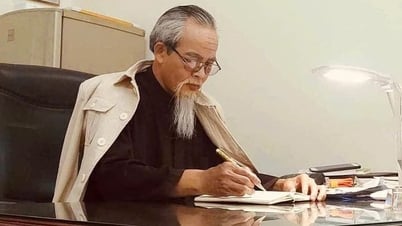
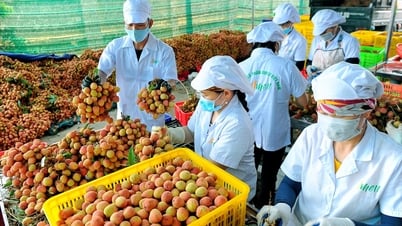
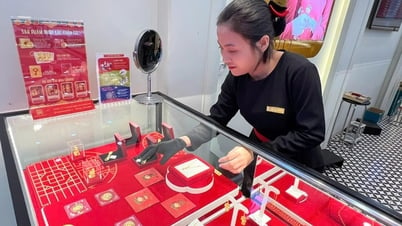
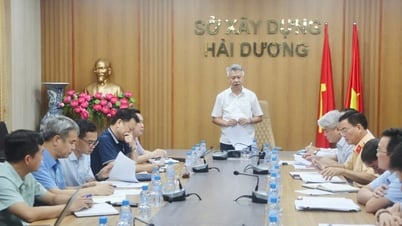
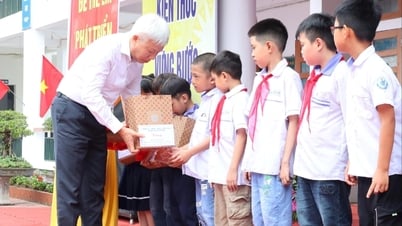
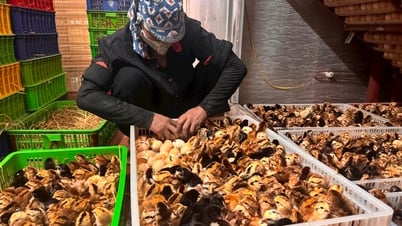




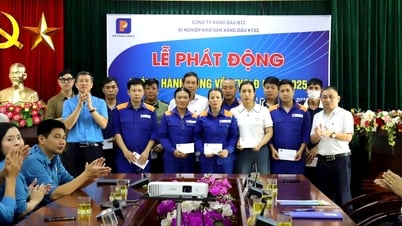
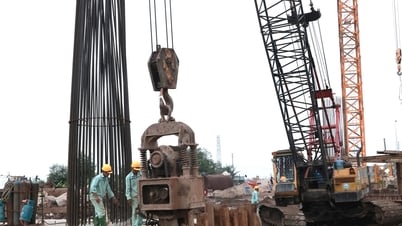


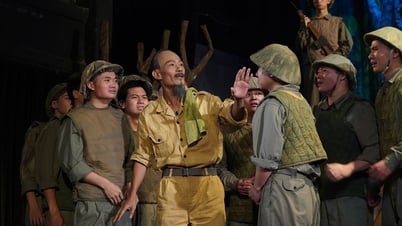
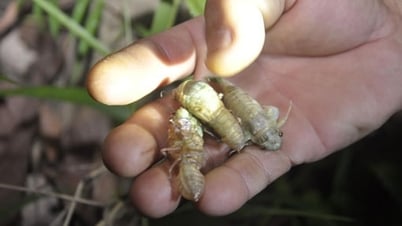
![[Photo] Prime Minister Pham Minh Chinh inspects the progress of the National Exhibition and Fair Center project](https://vphoto.vietnam.vn/thumb/1200x675/vietnam/resource/IMAGE/2025/5/19/35189ac8807140d897ad2b7d2583fbae)


















































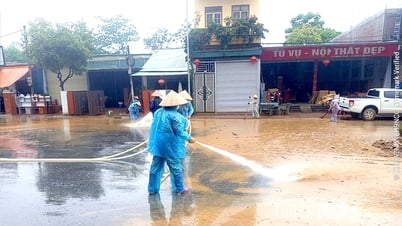

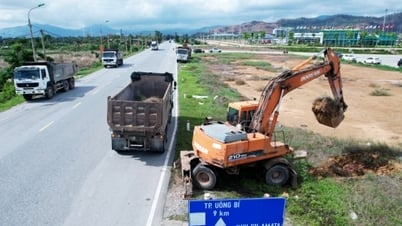









![[VIDEO] - Enhancing the value of Quang Nam OCOP products through trade connections](https://vphoto.vietnam.vn/thumb/402x226/vietnam/resource/IMAGE/2025/5/17/5be5b5fff1f14914986fad159097a677)



Comment (0)